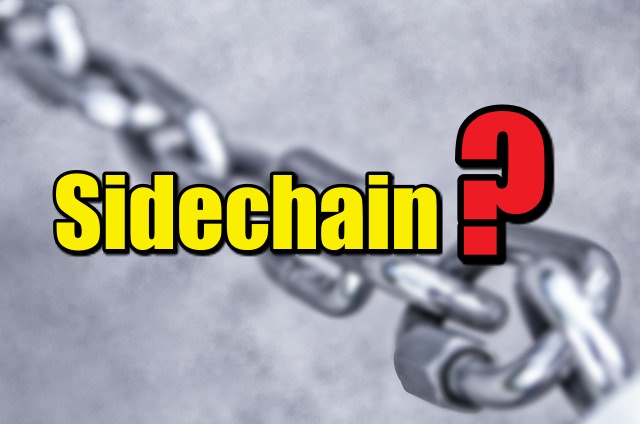What Is Sidechain? It’s Benefits and Drawbacks to Blockchain
Today Blockchain is not only used in cryptocurrencies. This revolutionary technology is now used by many sectors.
This wide-spreading boundary of Blockchain highlight problems in the technology which have the least concern in narrow use cases. For example, popular cryptocurrencies such as Bitcoin and Ethereum have problems with scalability and flexibility as they grow by adding more transactions to the network.
Now, these problems cause a big worry about Blockchain’s further adoption, but the relief is we have the solution.
The solution name is Sidechain.
What Is Sidechain?
Sidechain is the separate Blockchain attached to the parent Blockchain using a two-way peg which enables interchangeability of assets at a predetermined rate and can move back to the parent Blockchain if needed.
Simply sidechain allows nodes from the blockchain to be securely used in a separate blockchain and moved back to the original blockchain.
How Does Sidechain Work?
As you understood, the Sidechain is just a separate blockchain that runs parallel and bound to the parent blockchain.
But to create a sidechain users of the parietal blockchain must first send the coins to the outgoing address, where they are “locked” to ensure the possibility of their spending elsewhere by “federation”.
Federation is a group that serves as an intermediate point between the main chain and one of its sidechains. This group determines when the coins a user has used are locked up and released. The creators of the sidechain have the freedom to choose the members of the federation.
After funds are successfully locked by the federation, a confirmation is communicated across the chains followed by a waiting period for extra security. Then, the equivalent number of coins is released on the sidechain, allowing the user to access and spend them there. The reverse happens when moving back from a sidechain to the main chain.
Benefits of Sidechain to Blockchain.
Increases Performance.
Sidechain’s main aim is to increase the performance of the parent blockchain by taking the workload.
As you know, the main purpose of a sidechain is to create a tunnel within the blockchain to allow users who created it to spend their locked funds.
Likewise, different sidechains can maintain unrelated transactions that can be executed at the same time and make the parent blockchain work efficiently by filtering transactions.
Brings Flexibility.
We all know the rules of the blockchain network can’t change unless the majority of participants agreed to change in some cases.
But sidechain works as blockchains interlaced among themselves, each of which will have its own protocol, rules and a set of functions; these traits allow users to act more freely.
To get a better understanding let’s take the real world example of RSK (short for Rootstock) which is connected to the Bitcoin blockchain via a 2-way peg and has created an open source testnet called Ginger to deploy or to interact with smart contracts and dApps on the RSK blockchain.
Ok, these are all the benefits that blockchain gets from having the sidechain, but nothing is perfect in this world, sidechain too.
So here are some drawbacks of the sidechain.
Drawbacks of Sidechain to Blockchain.
Security.
Security is the main reason for sidechains.
As I mentioned above, sidechains are flexible and have their own set of rules even attached to the parent Blockchain. This flexible nature could lead to many vulnerabilities.
But the one big relief is if somehow the sidechain is compromised the damage will be contained within that chain and won’t affect the main chain because each sidechain is independent. Accordingly, if the main chain becomes compromised, the sidechain can still operate, but the peg will lose most of its value.
Leads to Centralization.
Not only security is a big concern many argue that sidechain also leads to centralization.
As you know, blockchain is decentralized and does not depend upon any person or company to run, but in the sidechain, federation plays a big role in connecting the parental blockchain to the sidechain.
And the federation is controlled by chosen members from the sidechain creators, which means the whole sidechain is in the hands of federation members, so it became a more centralized network than a decentralized one.
Conclusion.
Despite many drawbacks, the sidechain is the best solution to the scalability problem by allowing more transactions to increase the speed, also facilitating blockchain applications in regular business scenarios by providing flexibility.
At last, If you got any valuable info by reading the post then, don’t forget to share it with family and friends.
